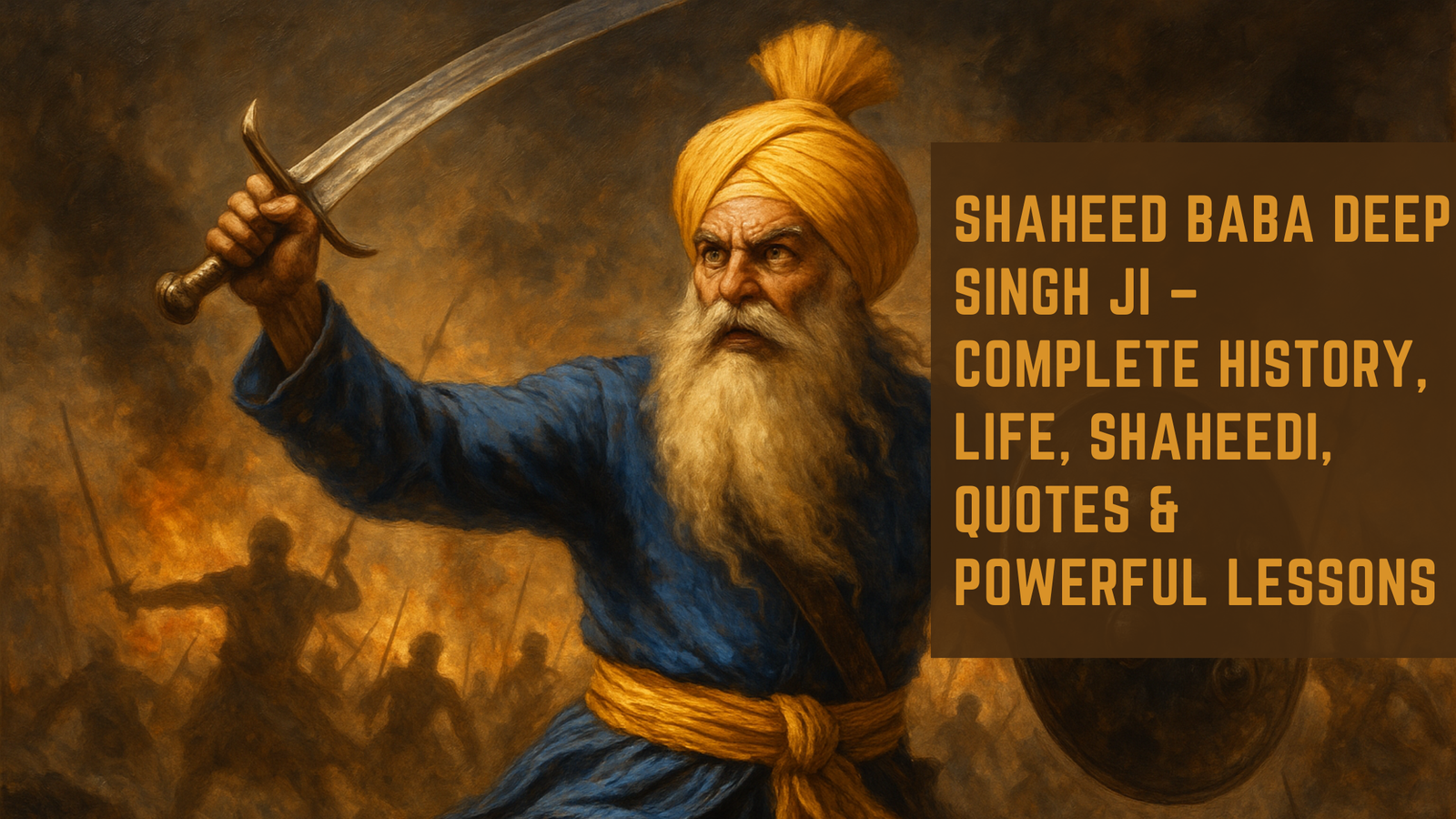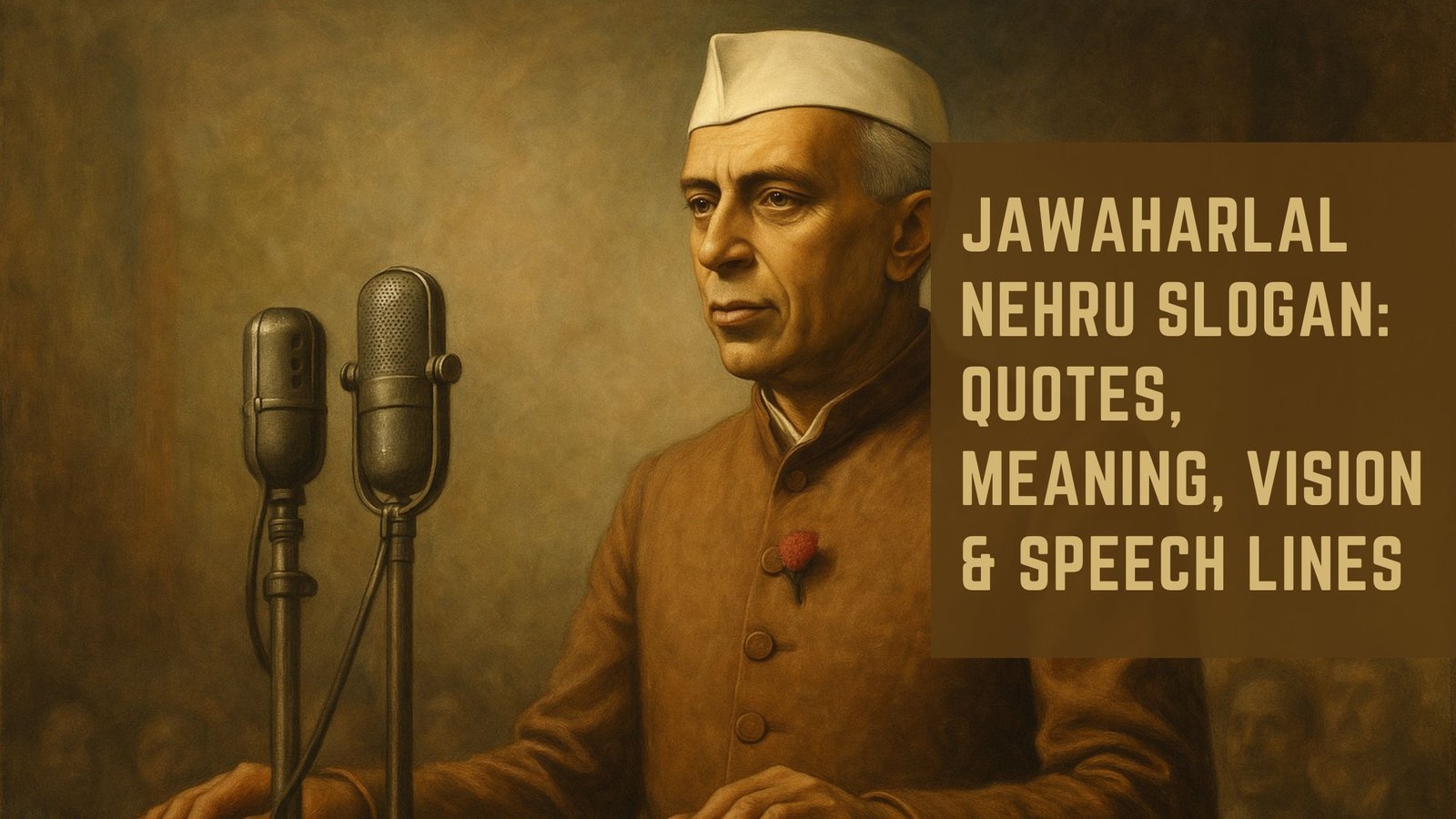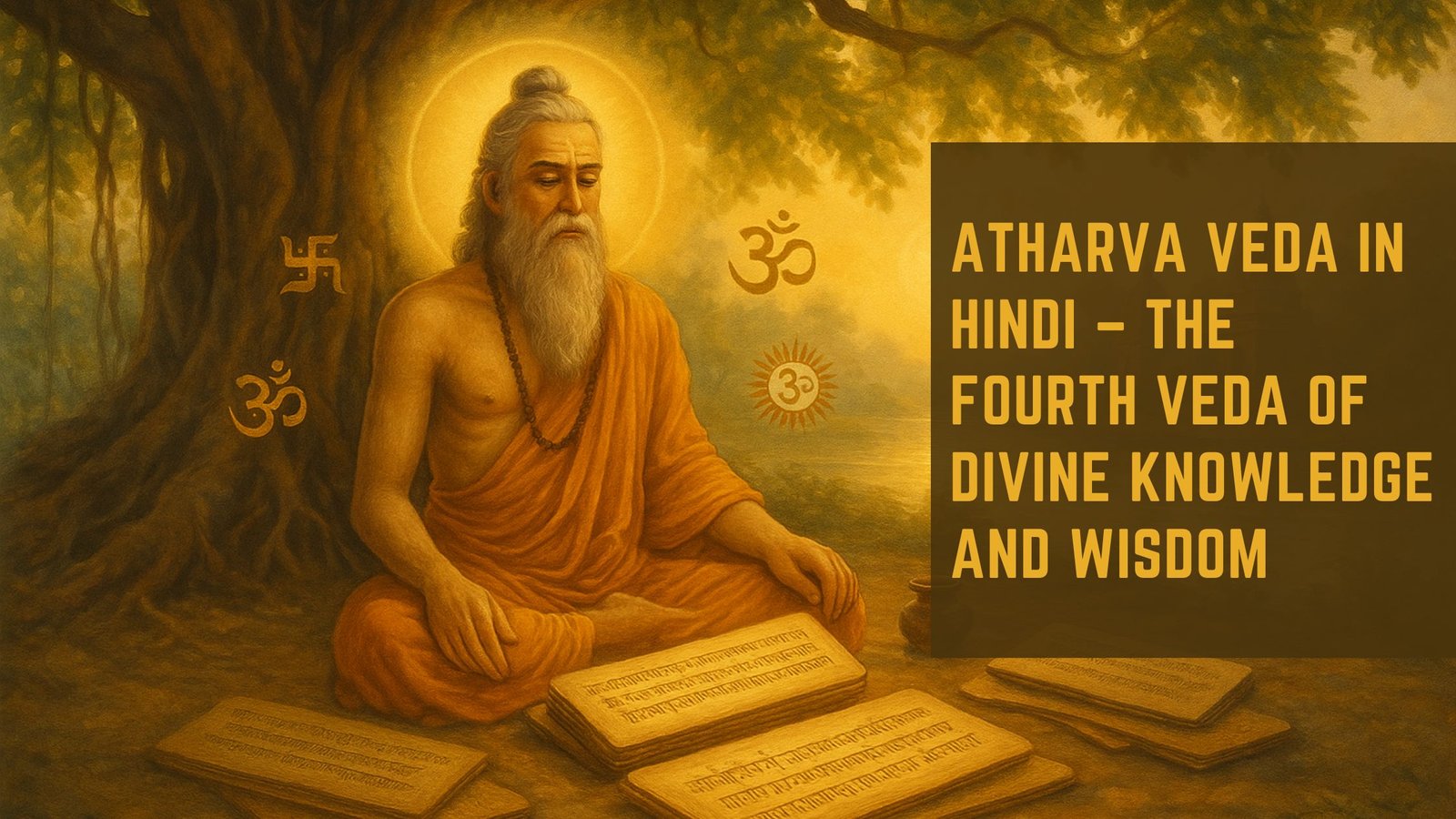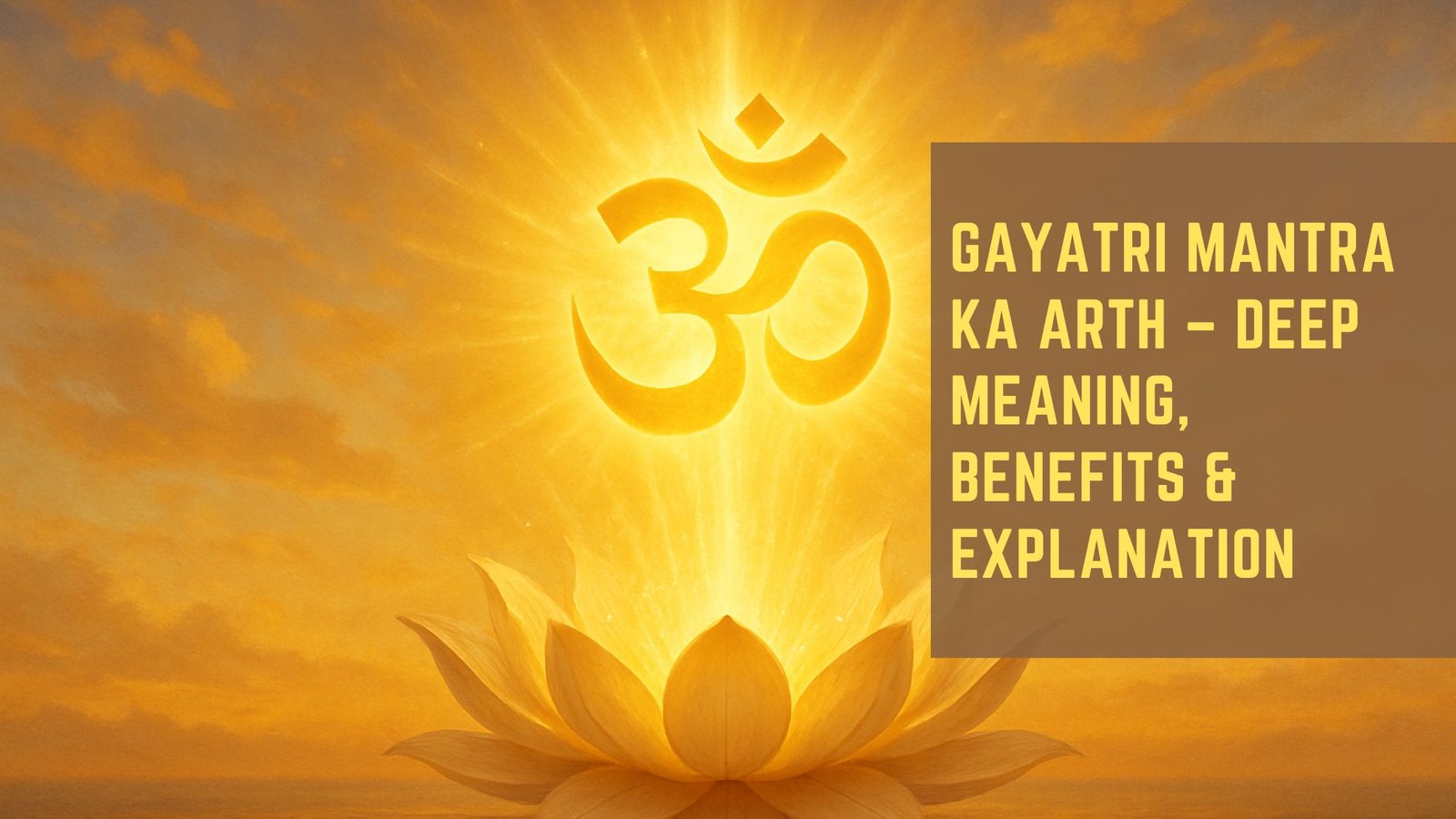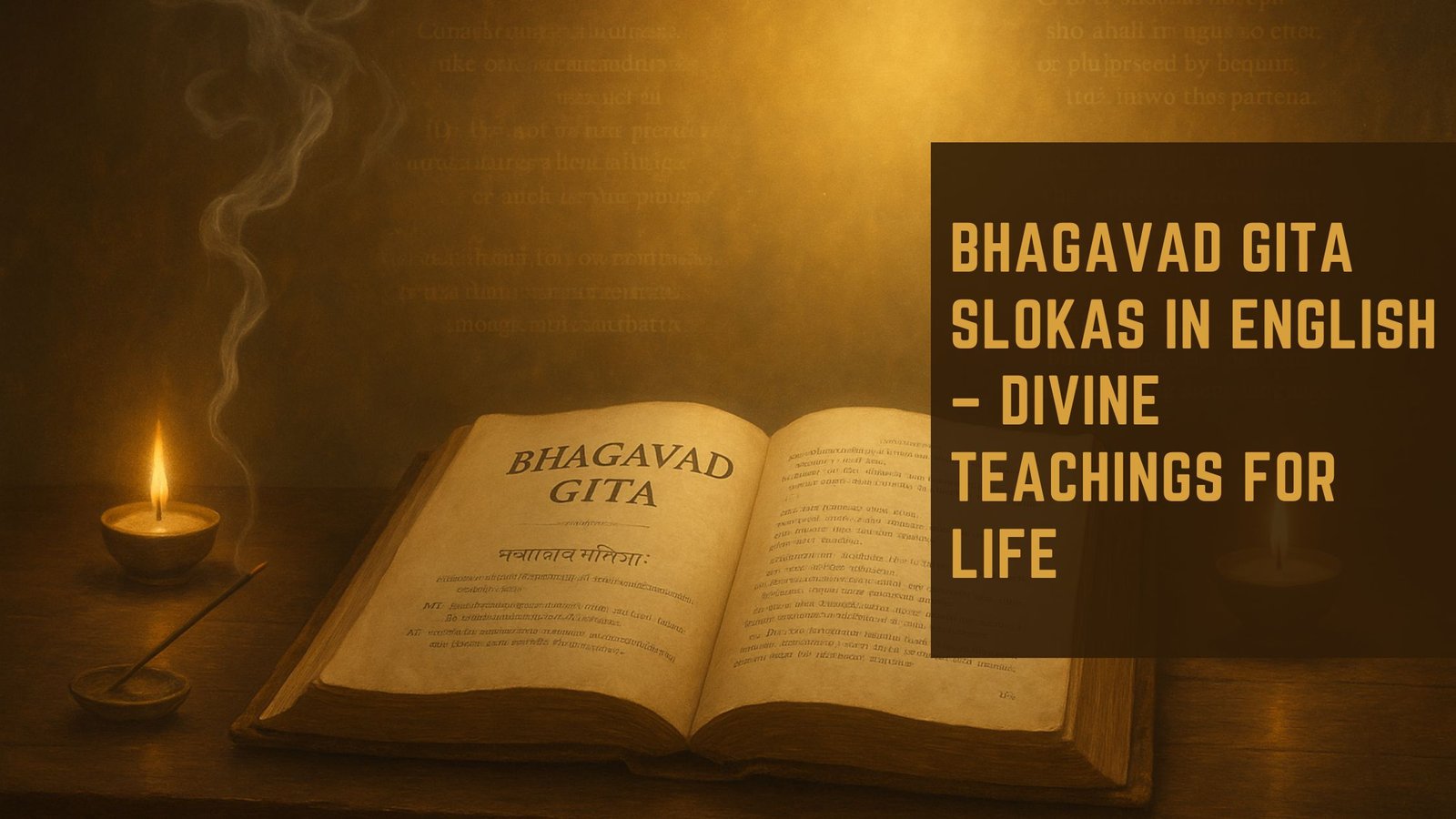The Bhagavad Gita, often referred to simply as the Gita, is a 700-verse Hindu scripture that is part of the Indian epic Mahabharata. It is a philosophical dialogue between Prince Arjuna and Lord Krishna, who serves as his charioteer. Set on the battlefield of Kurukshetra just before a great war, the Gita addresses the moral and philosophical dilemmas faced by Arjuna as he grapples with the implications of fighting against his own relatives, teachers, and friends.
This text is not merely a religious scripture; it is a profound exploration of duty, righteousness, and the nature of reality itself. The Gita has been revered for centuries, not only for its spiritual insights but also for its practical guidance on how to live a life of purpose and integrity. The dialogue unfolds in a context of existential crisis, where Arjuna is torn between his duty as a warrior (Kshatriya) and his moral qualms about killing his kin.
Krishna’s teachings encompass various paths to spiritual realization, including devotion (bhakti), knowledge (jnana), and disciplined action (karma). The Gita’s teachings transcend cultural and temporal boundaries, offering wisdom that resonates with individuals seeking clarity in their own lives. Its themes of selflessness, duty, and the pursuit of truth have inspired countless interpretations and commentaries throughout history, making it a cornerstone of Indian philosophy and spirituality.
Key Takeaways
- The Bhagavad Gita is a 700-verse Hindu scripture that is part of the Indian epic Mahabharata, and it is a conversation between Prince Arjuna and the god Krishna.
- Eknath Easwaran’s interpretation of the Bhagavad Gita focuses on the practical guidance it offers for living a fulfilling and meaningful life.
- Key concepts in the Bhagavad Gita include the nature of the self, the importance of duty (dharma), and the concept of karma (action and its consequences).
- Easwaran emphasizes the importance of understanding and fulfilling one’s duty (dharma) and the concept of karma yoga, or selfless action, in achieving spiritual growth.
- Self-realization, or understanding the true nature of the self, is a central theme in the Bhagavad Gita and is seen as essential for achieving inner peace and fulfillment.
- Easwaran’s commentary on yoga and meditation highlights their role in achieving self-realization and inner peace, emphasizing the importance of a disciplined and focused mind.
- The Bhagavad Gita’s teachings on duty, selflessness, and spiritual growth remain relevant in modern society, offering guidance for navigating life’s challenges and finding inner peace.
- Easwaran’s interpretation of the Bhagavad Gita has contributed to a deeper understanding of its teachings and their practical application in everyday life.
Eknath Easwaran’s Interpretation
Eknath Easwaran, a renowned scholar and spiritual teacher, has made significant contributions to the understanding of the Bhagavad Gita through his accessible translations and commentaries. His approach emphasizes the practical application of the Gita’s teachings in everyday life, making them relevant to contemporary readers. Easwaran’s interpretation is characterized by clarity and depth, allowing individuals from various backgrounds to engage with the text meaningfully.
He believes that the Gita is not just a historical document but a living guide that can help individuals navigate the complexities of modern existence. Easwaran’s translations are notable for their poetic quality and fidelity to the original Sanskrit text. He often highlights the psychological dimensions of the Gita, focusing on how its teachings can aid in personal transformation.
By framing the Gita as a conversation between the self and the higher self, Easwaran encourages readers to view their struggles as opportunities for growth. His insights invite individuals to reflect on their own lives, urging them to embrace the principles of love, compassion, and self-discipline that permeate Krishna’s teachings.
Key Concepts in the Bhagavad Gita

The Bhagavad Gita introduces several key concepts that are essential for understanding its philosophical framework. One of the most significant ideas is that of Dharma, which refers to one’s duty or righteousness. In the context of the Gita, Dharma is not a rigid set of rules but rather a dynamic principle that varies according to one’s circumstances, responsibilities, and stage in life.
Arjuna’s initial reluctance to fight stems from his confusion about his Dharma as a warrior versus his moral obligations as a family member. Krishna elucidates that fulfilling one’s Dharma is paramount for maintaining cosmic order and personal integrity. Another critical concept is Karma, which denotes action and its consequences.
The Gita teaches that every action has repercussions, not only in this life but also in future incarnations. Krishna emphasizes the importance of performing one’s duties without attachment to the results, advocating for a selfless approach to action. This principle of Nishkama Karma—action performed without desire for personal gain—serves as a cornerstone for ethical living in the Gita.
By understanding Karma in this way, individuals can cultivate a sense of detachment that leads to inner peace and spiritual growth.
Easwaran’s Insights on Karma and Dharma
Easwaran delves deeply into the concepts of Karma and Dharma in his commentary on the Bhagavad Gita, elucidating their relevance in both ancient and modern contexts. He emphasizes that understanding one’s Dharma is crucial for personal fulfillment and societal harmony. Easwaran argues that when individuals act in accordance with their true nature and responsibilities, they contribute positively to the world around them.
He encourages readers to reflect on their own lives and identify their unique roles within their families, communities, and professions. In discussing Karma, Easwaran highlights the importance of intention behind actions. He posits that while we cannot control the outcomes of our actions, we can control our intentions and efforts.
This perspective empowers individuals to engage in their duties with sincerity and dedication while remaining unattached to success or failure. Easwaran’s insights resonate with those seeking to navigate life’s challenges with grace and purpose, reinforcing the idea that every action can be an opportunity for spiritual growth if approached with mindfulness and integrity.
The Importance of Self-Realization in the Bhagavad Gita
Self-realization is a central theme in the Bhagavad Gita, representing the ultimate goal of human existence according to its teachings. The text posits that true knowledge comes from understanding one’s divine nature beyond physical identity and societal roles. Krishna guides Arjuna toward recognizing his higher self—the Atman—which is eternal and unchanging amidst the transient nature of life.
This realization leads to liberation (moksha) from the cycle of birth and death (samsara), allowing individuals to experience profound peace and fulfillment. Easwaran emphasizes that self-realization is not an abstract concept but a practical journey accessible to everyone. He encourages readers to engage in practices such as meditation and self-inquiry as means to uncover their true selves.
By cultivating awareness of one’s thoughts, emotions, and actions, individuals can begin to discern their authentic nature from societal conditioning. Easwaran’s approach demystifies self-realization, presenting it as an achievable goal that can transform one’s life by fostering deeper connections with oneself and others.
Easwaran’s Commentary on Yoga and Meditation

Easwaran’s commentary on yoga and meditation within the context of the Bhagavad Gita provides valuable insights into these ancient practices as pathways to spiritual growth. He interprets yoga not merely as physical postures but as a holistic discipline encompassing ethical living, self-control, meditation, and devotion.
Meditation holds a prominent place in Easwaran’s teachings as a tool for achieving self-realization and deepening one’s connection with the divine.
Easwaran introduces readers to various meditation techniques rooted in ancient traditions while emphasizing their relevance in contemporary life.
By integrating meditation into daily routines, individuals can cultivate mindfulness, reduce stress, and enhance their overall well-being—aligning perfectly with Krishna’s teachings on disciplined action.
The Bhagavad Gita’s Relevance in Modern Society
The timeless wisdom of the Bhagavad Gita continues to resonate powerfully in modern society, addressing universal human concerns such as conflict resolution, ethical dilemmas, and personal fulfillment. In an age marked by rapid change and uncertainty, many individuals find themselves grappling with questions about purpose and identity—issues that are central to Arjuna’s struggle on the battlefield. The Gita offers guidance on navigating these challenges by encouraging individuals to reflect on their values and responsibilities.
Moreover, the principles outlined in the Gita can be applied across various fields—from business ethics to environmental stewardship—highlighting its relevance beyond religious contexts. The emphasis on selfless action (Nishkama Karma) encourages leaders to prioritize collective well-being over personal gain, fostering a culture of integrity and responsibility. As society faces complex global issues such as climate change and social injustice, the teachings of the Gita serve as a reminder of our interconnectedness and shared responsibilities toward one another and the planet.
Easwaran’s Contribution to Understanding the Bhagavad Gita
Eknath Easwaran’s contributions to understanding the Bhagavad Gita have made this ancient text accessible to contemporary audiences seeking spiritual guidance. His interpretations bridge traditional wisdom with modern sensibilities, allowing readers from diverse backgrounds to engage with its profound teachings meaningfully. By emphasizing practical applications of concepts like Dharma, Karma, self-realization, yoga, and meditation, Easwaran invites individuals to embark on their own journeys toward personal transformation.
Through his work, Easwaran has illuminated the timeless relevance of the Bhagavad Gita in addressing fundamental questions about existence, purpose, and ethical living. His insights encourage readers not only to study these teachings but also to embody them in their daily lives—transforming philosophical concepts into actionable principles that foster growth and harmony within oneself and society at large. In doing so, he has ensured that the wisdom of the Gita continues to inspire generations seeking clarity amidst life’s complexities.
If you are interested in exploring more about the Bhagavad Gita and its teachings, you may want to check out the article “Life Lessons from the Gita: Ancient Wisdom for Today” on thegita.in. This article delves into the timeless wisdom found in the Gita and how it can be applied to our modern lives. Eknath Easwaran’s translation and commentary on the Bhagavad Gita provide valuable insights that can help us navigate the challenges of today’s world.
FAQs
What is the Bhagavad Gita?
The Bhagavad Gita is a 700-verse Hindu scripture that is part of the Indian epic Mahabharata. It is a sacred text of the Hindu religion and is considered one of the most important spiritual classics in the world.
Who is Eknath Easwaran?
Eknath Easwaran (1910-1999) was an Indian spiritual teacher, author, and translator. He is best known for his English translation and interpretation of the Bhagavad Gita, as well as other spiritual classics such as the Upanishads and the Dhammapada.
What is Eknath Easwaran’s translation of the Bhagavad Gita?
Eknath Easwaran’s translation of the Bhagavad Gita is known for its accessibility and clarity. He presents the teachings of the Gita in a contemporary language and provides insightful commentary to help readers understand the spiritual and philosophical concepts.
What are the main teachings of the Bhagavad Gita?
The Bhagavad Gita addresses the moral and philosophical dilemmas faced by Arjuna, a prince who is reluctant to fight in a battle. The main teachings of the Gita revolve around the concepts of duty (dharma), righteousness, selflessness, and the path to spiritual realization through devotion, knowledge, and selfless action.
How has Eknath Easwaran’s translation impacted the understanding of the Bhagavad Gita?
Eknath Easwaran’s translation has made the teachings of the Bhagavad Gita more accessible to a global audience. His interpretation has helped readers from diverse backgrounds to understand and appreciate the timeless wisdom contained in the Gita.

